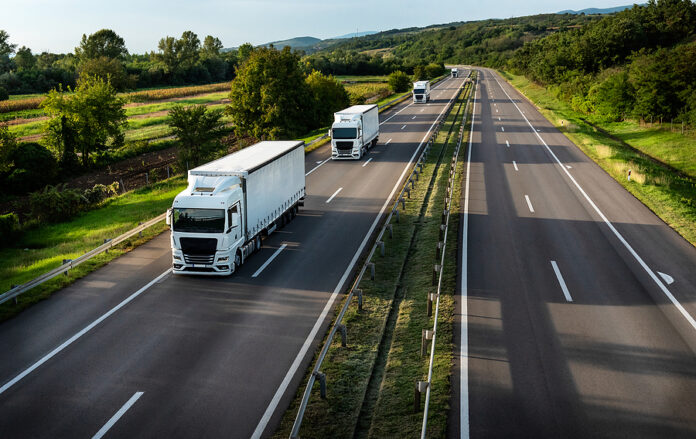
By Shailu Satish, DispatchTrack co-founder and COO
Today’s food and beverage distributors face serious challenges. They operate in a highly competitive market where service and price expectations are stringent and competition is stiff. Distributors don’t just need to ensure they can meet the demands of groceries, restaurants, and others that want just-in-time deliveries and a high level of customer service, they need to do so without letting their delivery costs spiral out of control. At times, these hurdles can seem insurmountable, but real solutions do exist for distributors that are able to get smarter, more agile, and more data-driven.
Last mile delivery is one of the most complex and time-consuming aspects of the supply chain for food and beverage distributors – it’s also one of the most expensive, accounting for 53% of the total cost of shipping. Managing orders, routes, and drivers can be a tedious and inefficient process, in large part because the impact of any changes — like moving a customer from one route to another — can be difficult to predict. When different teams (sales, delivery, merchandising, and others) make decisions independently, this difficulty only gets worse.
At the same time, the fact that the last mile is so complex means that it can produce huge amounts of data. When you have a way to harness that data into insights via analytics and performance tracking, you can transform the last mile into a strength instead of a liability.
Breaking down the barriers
To leverage the power of your delivery data, you need to start by eliminating the planning and information silos between different departments and ensure that all data is accessible from a single interface. This means connecting delivery, sales, and merchandising — but it also means finding a way to connect planners and managers with drivers, salespeople, and other personnel in the field in real time.
With your delivery data in a central location, the right solutions can enable:
- Automated delivery costing: When your delivery data across functions exist in one centralized location, the right software can automatically estimate delivery costs on a per-route, per-stop, and per-case-equivalent based on expected fuel cost, labor costs, etc. This enables you to make data-driven decisions about your routes by prioritizing stops that are profitable.
- Smarter, faster routing: With AI and machine learning capabilities and scalable software architecture, it’s possible to more accurately estimate delivery arrival times when planning routes — and to plan routes more quickly. This enables you to make efficient updates to your routes when conditions change, rather than just eyeballing it whenever a new customer joins your roster or a standing order changes.
- Improved customer visibility: When you’re gathering real-time delivery data and centralizing it within one platform, you can turn around and provide that same level of visibility to your customers by enabling automated delivery alerts and real-time tracking.
By breaking down the barriers that separate the right data from the right people and processes, you can enable smarter analytics and performance tracking across your delivery operations. You can make data-driven decisions about how to grapple with challenges in your operations, and you can make those decisions faster than if you had to hunt for the information you needed before you could draw any insights.
From there, analytics and performance tracking can be applied across different facets of a distributor’s business, many in ways that directly impact your bottom line:
- Planning efficiency: When you have the right data, developing plans requires less time, resulting in time savings for planners and other office staff. Plus, the plans themselves are more efficient, which directly results in delivery cost savings.
- IT consolidation: By making sure you have the right systems in place (i.e. systems that effectively connect delivery and sales/merchandising processes), you can achieve reduced spending on redundant solutions.
- Customer retention: When you can ensure deliveries at the right time even in the face of volatility, you can get a serious edge on the competition in the eyes of your customers. It costs more to find new customers than to retain the ones you already have, which is why investments in customer service are so crucial.
- Reduced disruptions: The more robust your predictive capabilities are, the easier it is to make plans that actually translate into execution. Late and failed deliveries can cost you in the short and long term, which is precisely why it’s so valuable to have the tools necessary to head disruptions off before they arise.
Last mile delivery doesn’t have to be as complex and challenging as it once was. By deploying distribution logistics solutions that incorporate analytics and performance tracking tools, distributors can get a better picture of their operations. The combination of real-time and historical data can inform decision-making that enables them to streamline operations and delight customers, which will strengthen the business through improved profitability.
 Shailu Satish is the co-founder and COO of DispatchTrack, the global leader in last mile delivery solutions.
Shailu Satish is the co-founder and COO of DispatchTrack, the global leader in last mile delivery solutions.







